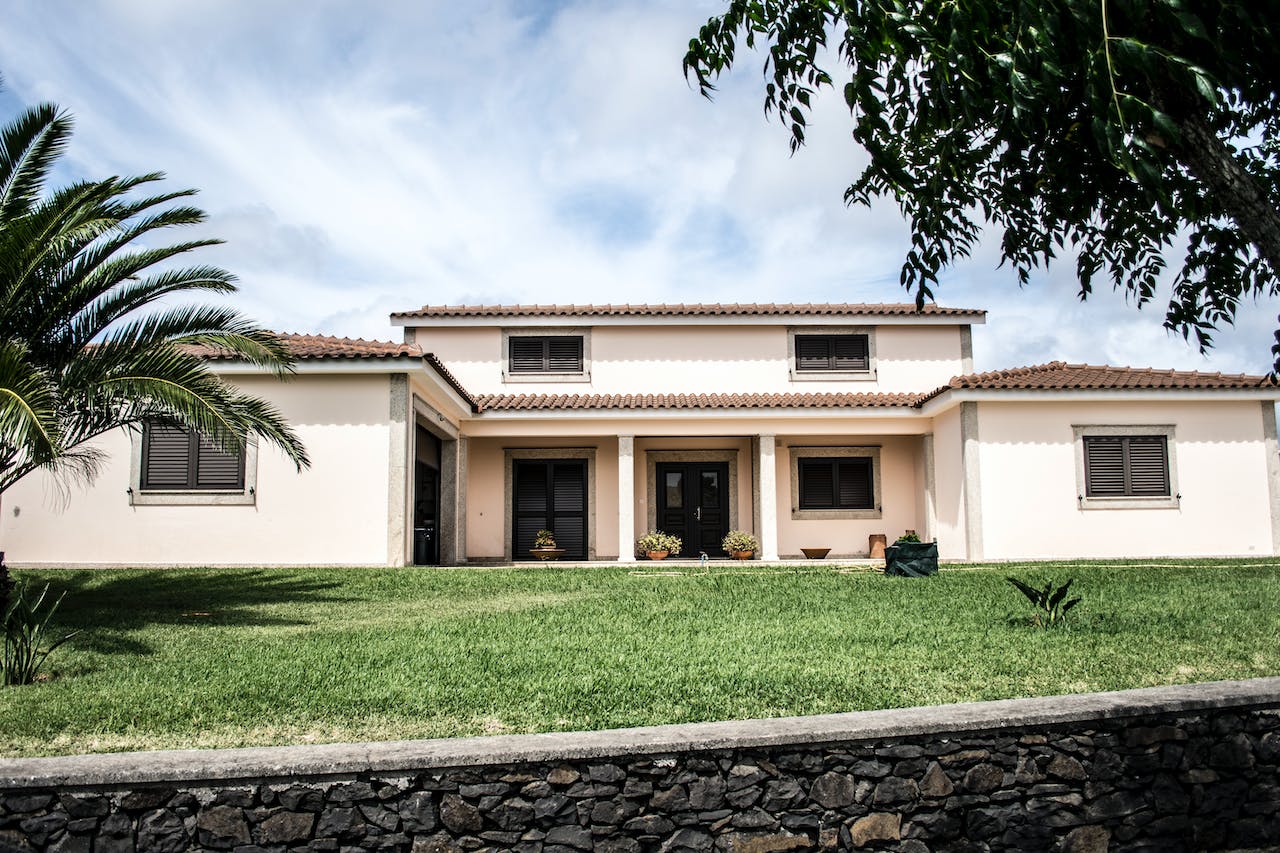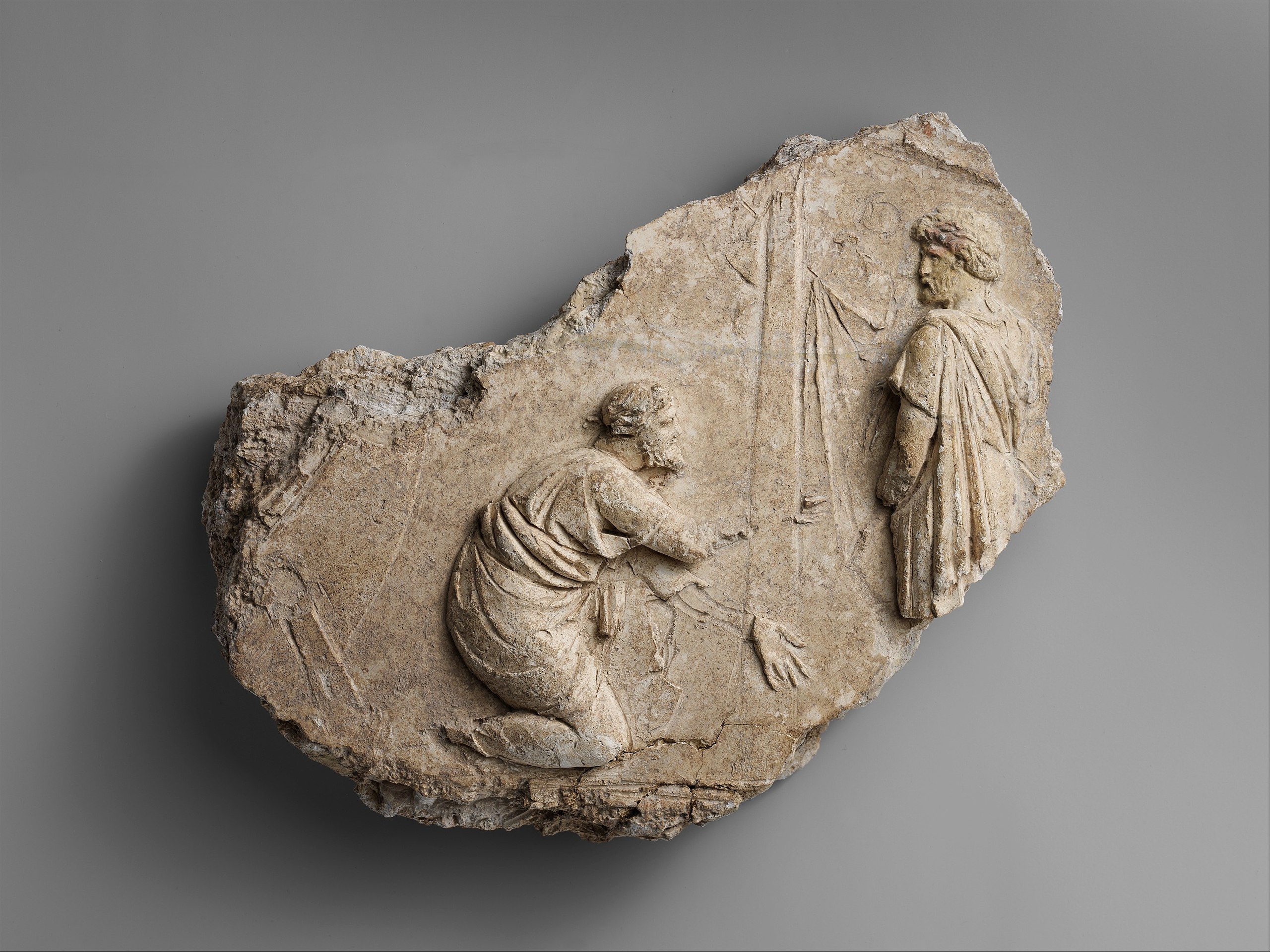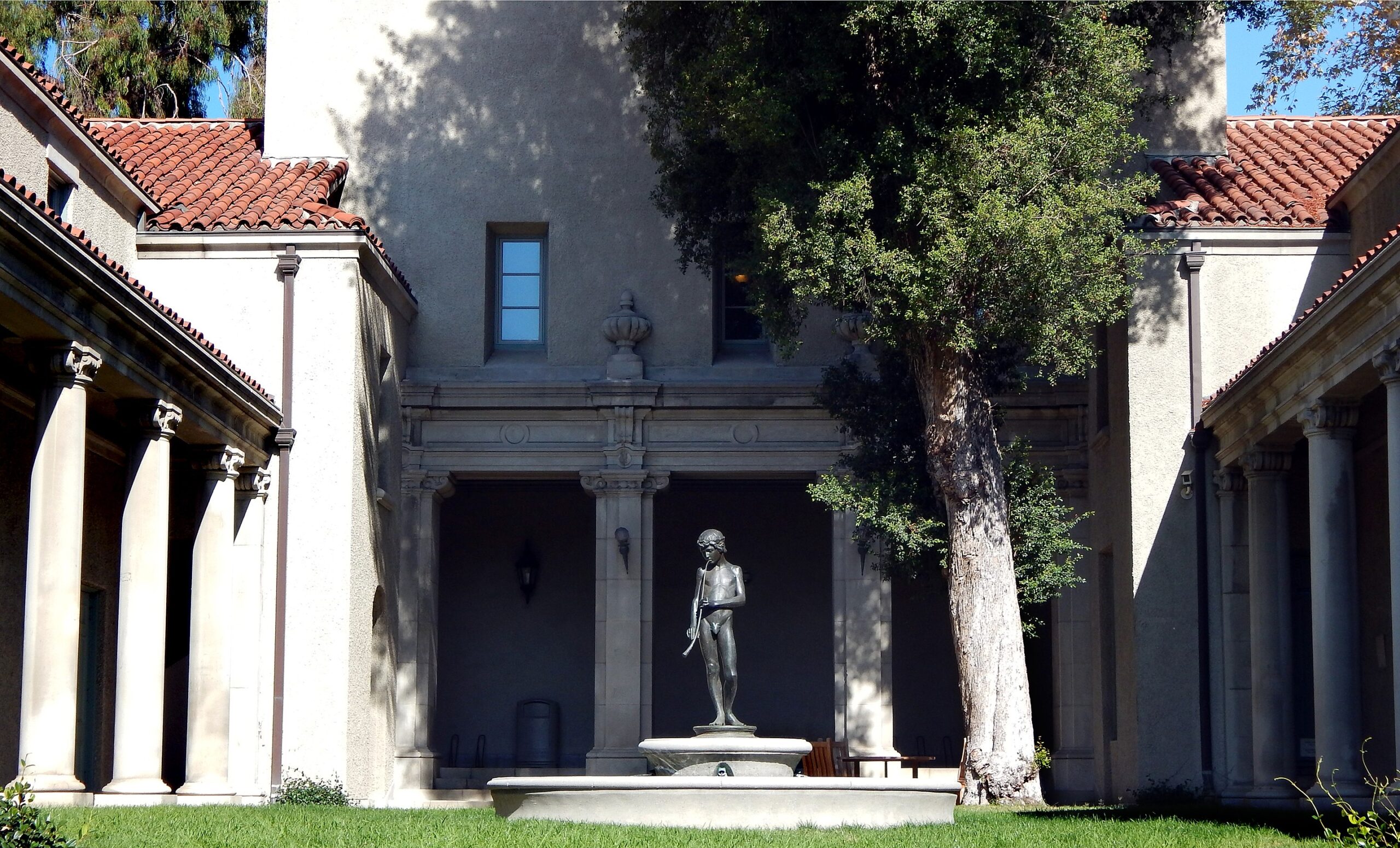Stucco, a versatile and enduring material, has been a favored choice for home exteriors and architectural designs for centuries. Its journey from ancient times to modern-day applications is a testament to its adaptability, beauty, and resilience. In this blog post, we explore the rich history of stucco, its evolution over the ages, and how it continues to be an on-trend choice for both residential and commercial properties.
A Journey Through Time: The Ancient Roots of Stucco
Stucco’s history dates back over 9,000 years, making it one of the oldest building materials still in use today. Its popularity has spanned continents and civilizations, each contributing to its development.
The Roman Empire’s Innovative Use
Egyptian Elegance and Durability
- Tomb Artistry: Ancient Egyptians extensively used stucco for covering tomb walls, which were then painted with elaborate murals, many of which endure to this day – a testament to stucco’s durability and ease of maintenance.
The Mesopotamian and Persian Art Form
- Ornamental Relief: In ancient Mesopotamia and Persia, stucco served as a canvas for ornamental and figurative relief artwork, a practice later embraced by Islamic art.
Grecian Architectural Mastery
- Ancient Greek Stucco: Talented Greek siding contractors specialized in stucco for constructing both interior and exterior walls, dating back to 1400 BC, showcasing its widespread use across the ancient world.
Stucco Across Asia
- China and India’s Building Practices: In ancient China and India, stucco plaster was applied over brick walls or rough stone to achieve a smoother surface.
Middle Ages Innovations
- European Enhancements: During the Middle Ages, Europeans discovered that adding substances like beer, hair, malt, milk, and eggs to plaster improved its setting properties.
Modern Stucco: A Blend of Tradition and Innovation
Today, stucco’s composition has evolved, adapting to new technologies and materials. Modern stucco typically consists of Portland cement, water, and aggregates. This is large part due to the birth of Portland Cement. Invented in 1824 by British mason Joseph Aspdin, Portland cement revolutionized stucco composition. This blend of iron, clay, limestone, and shale, kiln-baked into a powder, serves as a robust binding agent when mixed with water.
Choosing Stucco Today: Work with Expertise
Hiring a professional to work on stucco requires careful consideration to ensure quality workmanship and lasting results. Here are some essential tips to guide you in hiring the right contractor for your stucco project:
1. Research and Referrals
- Seek Recommendations: Ask friends, family, or neighbors for referrals, especially those who have recently had stucco work done.
- Online Reviews and Ratings: Check online platforms for reviews and ratings of local stucco contractors. Pay attention to comments regarding their professionalism, quality of work, and reliability.
2. Verify Credentials and Experience
- Licensing: Ensure the contractor is licensed to perform stucco work in your area. A licensed contractor is more likely to adhere to building codes and industry standards.
- Experience with Stucco: Look for contractors with specific experience in stucco work, as it requires specialized skills. Ask how long they have been working with stucco.
3. Check Insurance and Bonding
- Liability Insurance: Verify that the contractor has liability insurance to protect your property from accidental damage.
- Worker’s Compensation: Ensure they have worker’s compensation insurance to cover any injuries to workers during the project.
4. Review Portfolio and Past Work
- Portfolio: Ask to see a portfolio of their previous stucco projects. This will give you an idea of their craftsmanship and the quality of their work.
- References: Request references from past clients and follow up to inquire about their satisfaction with the work done.
Expertise Matters and for optimal results, working with an experienced stucco siding contractor is crucial. They bring a specific knowledge base and years of experience, ensuring that your stucco application or repair is performed with the highest standards.
Conclusion
The enduring appeal of stucco lies in its rich history, versatility, and ability to adapt to changing architectural trends and technologies. From the ancient walls of Roman bathhouses to the sleek exteriors of modern homes, stucco continues to be a material of choice for those seeking durability, style, and a touch of historical elegance. Whether you’re building anew or restoring a property, stucco offers a timeless solution that bridges the past and the present.



